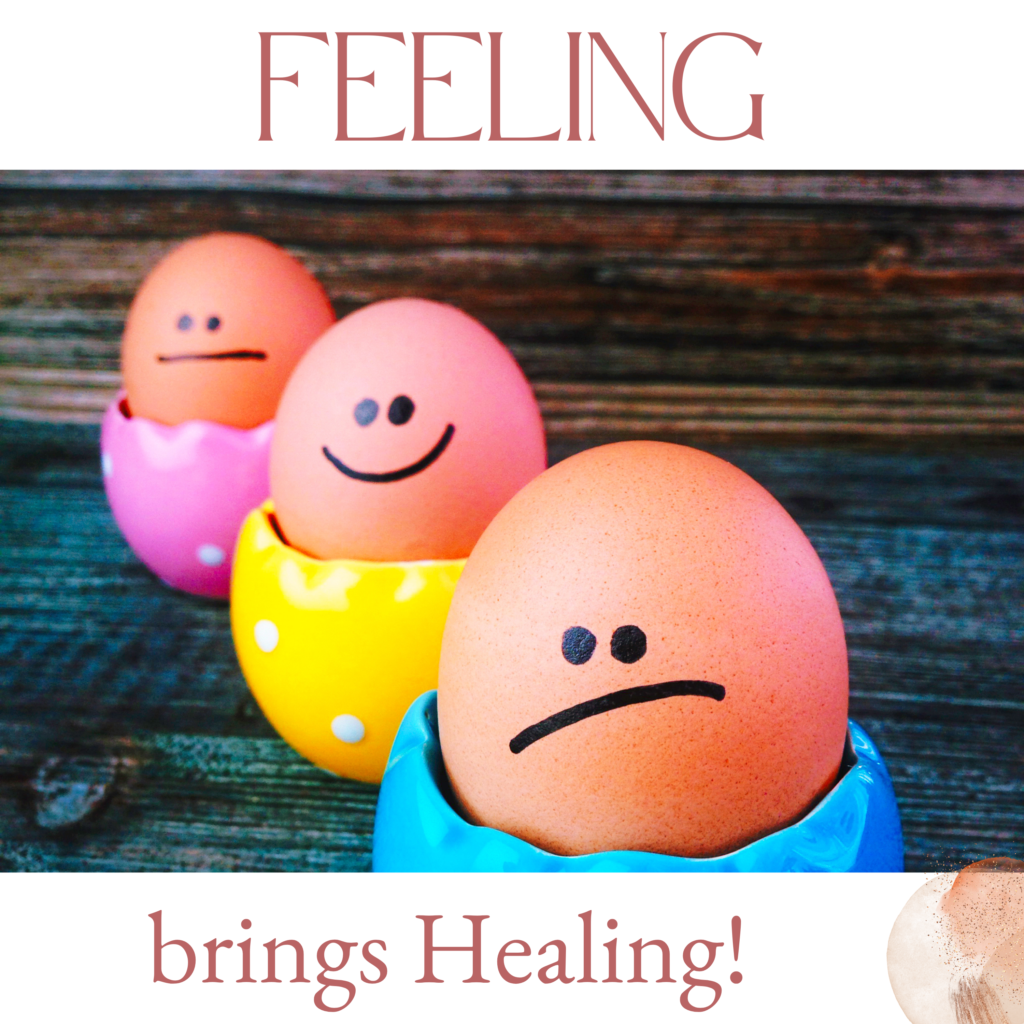WATCH
LISTEN
READ
**Navigating the World of Feelings: leads to greater self-love**
Today, it’s time to delve into a topic as universal as breathing—feelings.
Often misunderstood, frequently overlooked, and sometimes outright ignored, our emotions are more than just reactions—they’re signals from within, trying to communicate with us.
Thoughts vs. Feelings: Which Comes First?
We’ve all pondered the age-old question: what comes first, the thought or the feeling?
There’s an interesting concept in life coaching that follows the sequence of Circumstance, Thought, Feeling, Action, and Result (CTFAR).
Often, thoughts precede feelings, but life’s complexities can blur the lines. Trauma or persistent conditioned tendencies can trigger feelings almost instantaneously—like the loneliness I feel when cooking with the ingrained belief of having to do everything myself.
Regardless of the sequence, remember that thoughts and feelings are invariably linked.
Understanding and Naming Feelings
Feelings can be elusive. Even with tools like a simplified feeling wheel, they sometimes escape our awareness. Yet, acknowledging our mix of feelings, even if all we can discern is that we have “many thoughts and feelings” about something, can be a significant leap towards emotional awareness. Understanding and ease comes with practice.
Physical Manifestations of Emotions
Our emotions aren’t just mental; they manifest physically. Sadness might bring that lump in the throat or urge to cry. Frustration could tighten your shoulders. By recognizing these bodily responses, you can begin piecing together the emotions you’re experiencing. Your body holds these answers, and tools like the insightful book “The Body Keeps the Score” affirm how emotions can remain “stuck” physically if not addressed.
The Importance of Acknowledging Emotions
Trying to suppress emotions is like pushing a beach ball underwater—it’ll resurface eventually. Acknowledging and accepting feelings without judgment allows for smoother emotional processing. Think of it this way: each emotion is a vibration in your body, much like a tuning fork’s resonance when struck. Letting yourself “pee from your eyes” when sad is just another form of natural processing.
Navigating Grief and Low Vibrations
Grief, unique among emotions, ebbs and flows. All feelings have their own vibrations, some lower like shame, others higher like love. In the center of this spectrum, emotions like curiosity, courage, and neutrality act as bridges to higher vibrations. Initially guiding oneself to these middle vibrations can foster greater emotional transitions.
Tools for Managing Emotions
Cultivating emotional awareness often starts with recognizing feelings physically. Use an emotion wheel and simply breathe through the feeling. If you’re aiming to shift your emotion, ponder what could move you toward neutrality. Maybe a walk, a chat with a friend, or some journaling. For more insights, check out the episodes from our tools podcast.
Conclusion and Further Resources
Simplified Feeling Wheel
If you’re eager to explore more about feelings and self-love, consider joining our self-love class. Engage with us on Instagram or Facebook for more heartfelt discussions.
Emotions are a shared human experience—let’s embrace them together.
